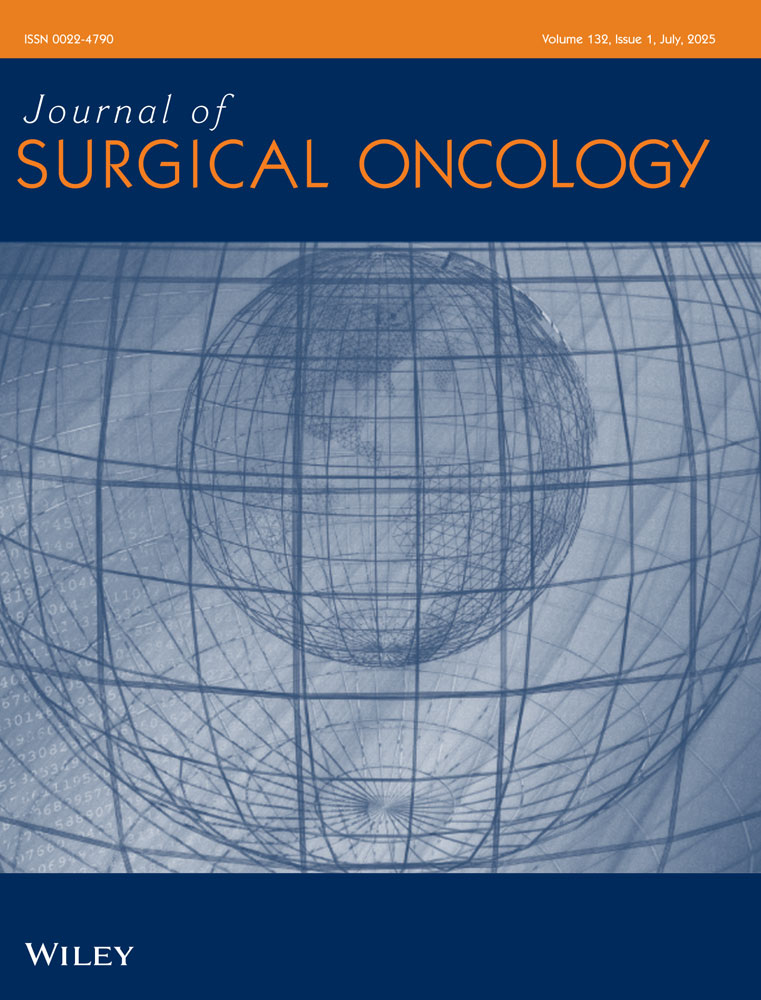Stabilization of normal variability in phytohemagglutinin-induced blastogenesis for improved quantitative applications
Abstract
Phytohemagglutinin-induced blastogenesis is used clinically as an estimate of immune competence but quantitative application is problematic since there is considerable variability. We sought to define for five normal subjects the degree of variability in repetitive testing using a constant culture methodology. A sixday growth response was determined as was the dose response to seven concentrations of PHA. Growth time to peak 3H-thymidine (3HTdR) incorporation was not constant and that PHA dose stimulating maximum 3 HTdR incorporation varied by 2–16 fold for the retesting of subjects. A pooled dose response was not stabilizing. There were statistical differences among subjects for PHA dose optimum (P < 0.01), maximum evoked 3 HTdR incorporation (P < 0.05) and with varied plasma lots (P< 0.001). However, for each individual subject, a stable maximum 3 HTdR incorporation could be repetitively evoked by culturing in a constant plasma lot, stimulating by a broad range of PHA doses and by harvesting daily to assure peak growth.




